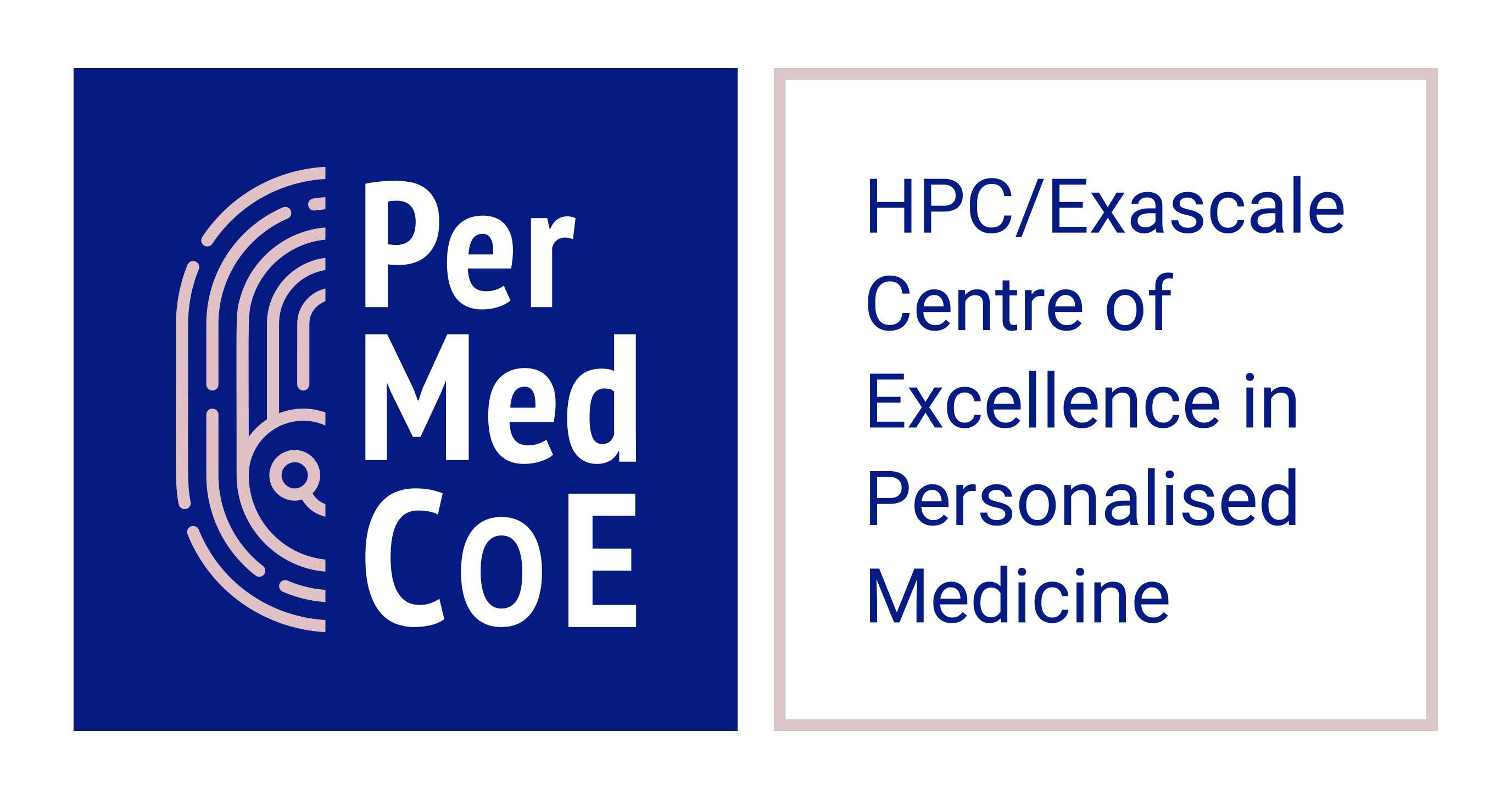Training materials
-
Recorded webinar
Croupier, an user-centric meta-orchestrator for cross-platform workflow delivery and execution
Simulation experiment Computational biology Personalised medicine
-
Recorded webinar
HPC boosts mathematical models’ promises of personalised medicine
Simulation experiment Computational biology Personalised medicine
-
Recorded webinar
Computer-assisted functional precision medicine in cancer
Simulation experiment Computational biology Personalised medicine
-
Recorded webinar
Analysis of huge metabolic models with COBREXA.jl
Systems biology Simulation experiment Computer science
-
Video
Parameter Scanning and Sampling in COPASI
• beginnerSimulation experiment Modelling and simulation Analysis Visualisation SystemsBiology ComputationalBiology Computational modelling Kinetic modeling COPASI -
Video
Metabolic Control Analysis in COPASI
• beginnerSimulation experiment Systems biology Modelling and simulation Analysis Visualisation SystemsBiology ComputationalBiology Computational modelling Kinetic modeling COPASI -
Video
Steady State Analysis in COPASI
• beginnerSystems biology Computational biology Simulation experiment Modelling and simulation Visualisation -
Video
Time Course Simulation in COPASI
• beginnerSimulation experiment Modelling and simulation Visualisation SystemsBiology ComputationalBiology Computational modelling Kinetic modeling COPASI -
Video
Model Creation using COPASI
• beginnerSimulation experiment Modelling and simulation Visualisation SystemsBiology ComputationalBiology Computational modelling modeling Biomodelling Model Kinetic modeling COPASI -
Tutorial
Tutorials on COBREXA
 •• intermediatePersonalised medicine Simulation experiment Modelling and simulation cell-level simulations Biomodelling HPC
•• intermediatePersonalised medicine Simulation experiment Modelling and simulation cell-level simulations Biomodelling HPC
- 1
- 2